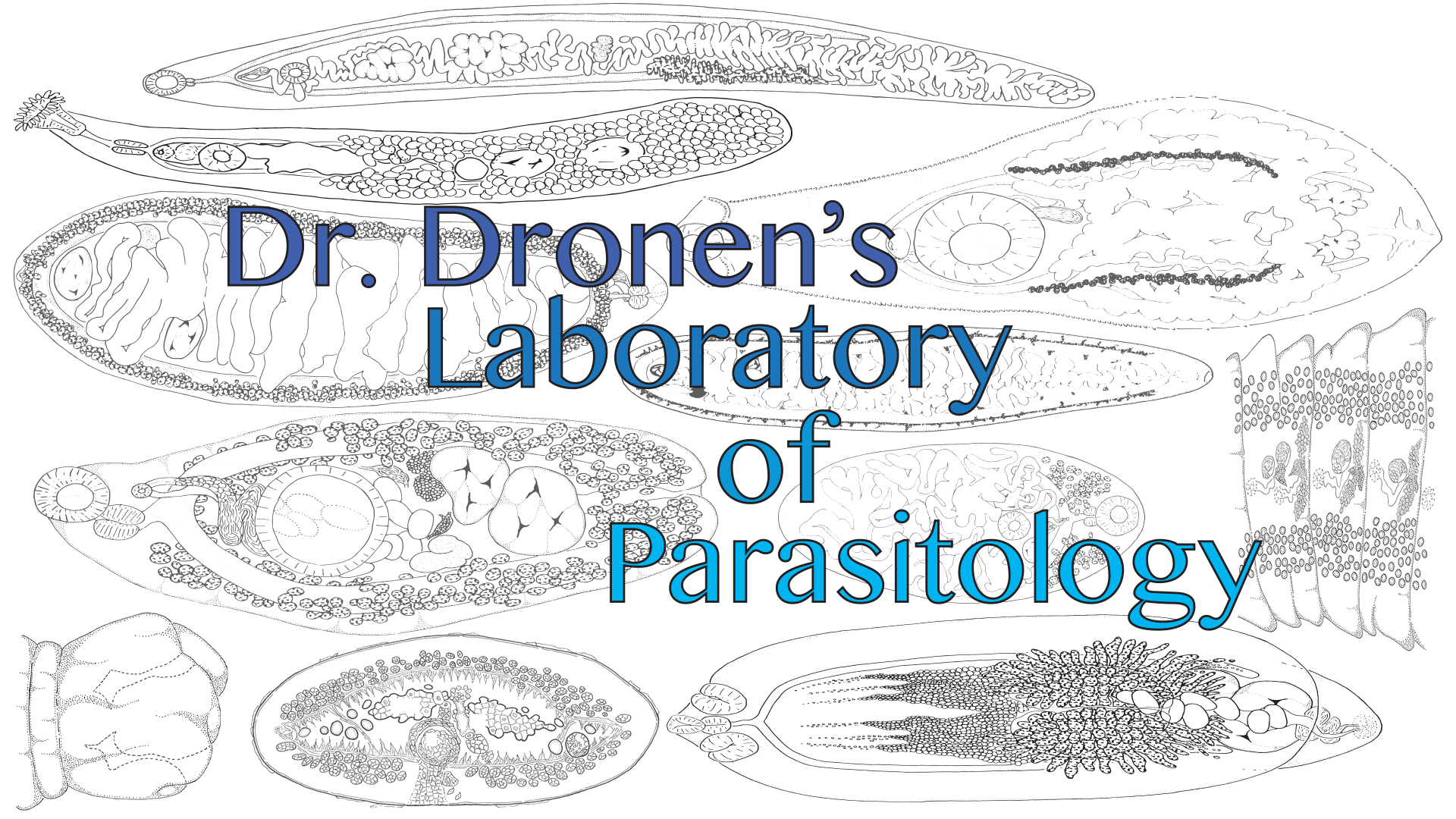Salamanders & Frogs

The intestinal helminths of most species of amphibians, especially frogs, are reasonably well known in most regions of the world. In addition, many amphibians can be cultured in the laboratory and many of the life cycles of amphibian endohelminths have been described, which makes them good candidates for ecological studies. We have often used various amphibians as models to study host-parasite population dynamics, community structure and other various ecological questions. These projects are considered complete at this time, however if you are interested in a new collaboration, please contact me.
Selected publications and abstracts from these projects:
- Lemke, L. B., N. O. Dronen, J. G. Fox, and P. R. Nambiar. 2008. Infestation of wild-caught American bullfrogs (Rana catesbeiana) by multiple species of metazoan parasites. Journal of the American Association of Laboratory Animal Science 47: 42–46.
- Dronen, N. O. 1994. Utilization of the trophic structure of small pond ecosystems in South-Central Texas by frog helminth parasites. Texas Journal of Science 46: 173–186.
- Underwood, H. T., and N. O. Dronen. 1977. The molluscan intermediate hosts for species of Haematoloechus Looss, 1899 (Digenea: Plagiorchiidae) from raniid frogs of Texas. Journal of Parasitology 63: 122.
- Dronen, N. O., and B. Z. Lang. 1974. The life cycle of Cephalogoniumus salamandrus sp. n. (Trematoda: Cephalogonimidae) from Ambystoma tigrinum (Green) from Eastern Washington. Journal of Parasitology 60: 75–79.
